Chris’s legs were dangling above the pit that once held our Perkins engine, debating his next move while painted in oil, diesel, sweat and dirt. His phone was in his right hand on speaker-phone while his left hand collected various dirty towels and tools around him. His brother, Jon, was on the phone weighing in on our predicament; I’ll never forget what he.”Well, the way I see it you were up shit’s creek not knowing if your engine was totaled, but now that you know it’s just the high pressure fuel pump you are just in piss poor puddle!” which was hilariously accurate.
Although we identified our root issue (yet again) we were in Banderas Bay, Mexico, and the National Guard had taken over the Customs department which had recently led to delays in importation on top of the already-notoriously-lousy Mexican mail system. Considering we ordered our brand new high pressure fuel pump from Trans Atlantic Diesels in Virginia, we decided it made the most sense to fly Chris back to California to retrieve the pump, all of our new seals and other bits needed to make the engine work again.
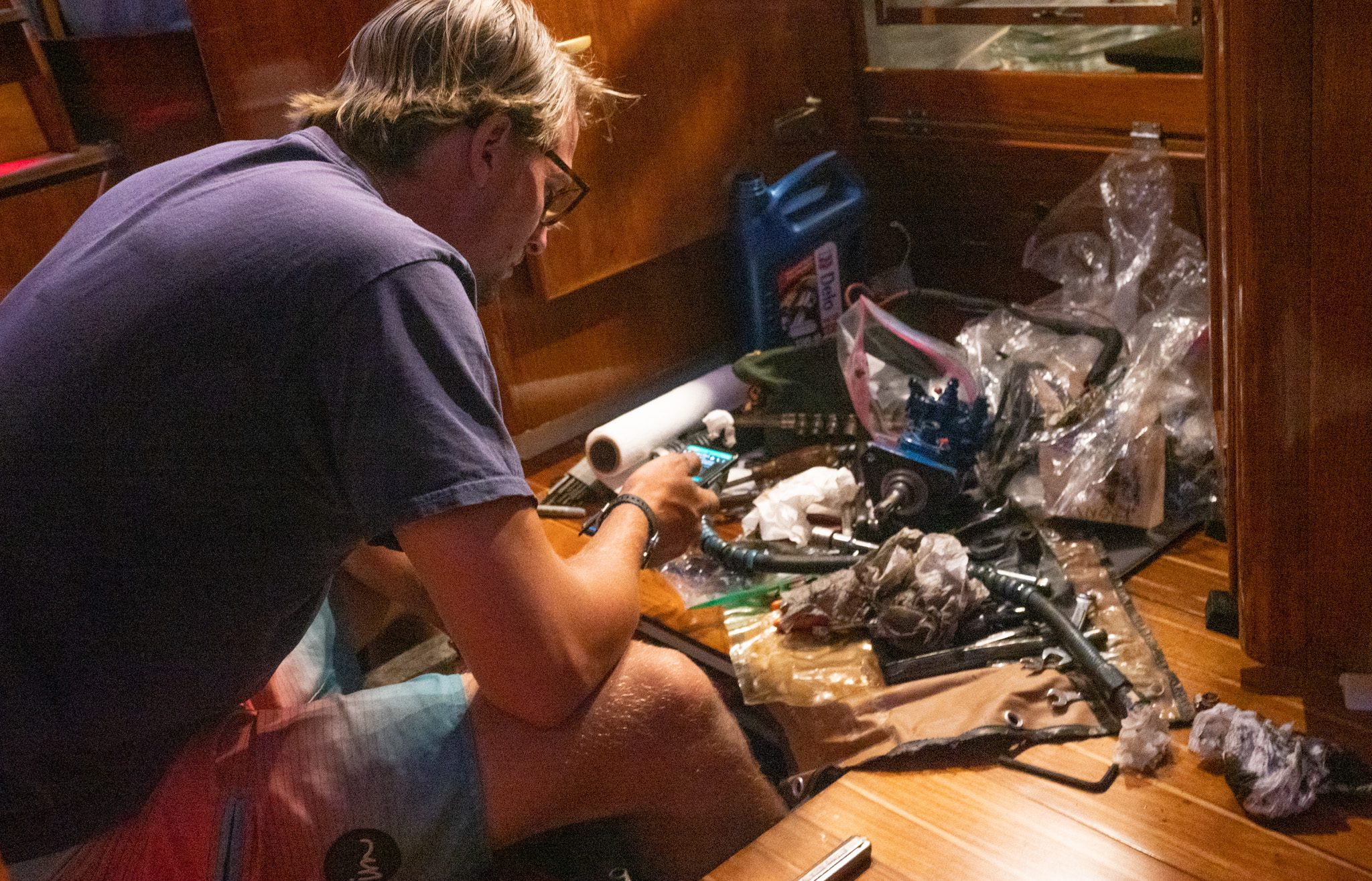
Bye, Bye Chris
Luckily, flights from Puerto Vallarta to Los Angeles were $211, round trip, and our dear friends Max and Karen were kind enough to drive Chris to the airport. In his absence we decided to treat ourselves to Pho and walk the beaches, weaving through the incessant vendors who all offer the same trinkets. Eventually we wore ourselves out and were ready to retreat back to our Huanacaxtle loving safe haven… but first, a quick trip to La Comer for mas pan de chocolate.
Although he was only gone for one full day, it felt weird to have the boat entirely to myself and Cleo. In a place like La Cruz, I didn’t fear for my safety, and was so happy to have Max and Karen as neighbors… even if they were a mile walk away. Our first evening without Chris was spent feasting on a charcuterie board for the gods, playing dice, working on my español, and enjoying eachothers company. We had only known the pair for a few months, but they had already cemented themselves as family.
Cleo becomes my shadow in Chris’s absence and likes to follow me around screaming at the top of her little feline lungs until I pick her up and carry her around like a baby. In between the nightly screams – when I had the audacity to use my hands to cook dinner and not hold Cleo – Chris called me from the motherland. “It’s freezing, people here are mean, and everything is expensive. I want to come home now.” It’s true, he had flown into California and arrived in our home port of Ventura where it was a chilled 62 degrees but he was still dressed for the tropics. He managed to make it to our usual haunt in the harbor, the Boatyard Pub, and was sticker shocked that a cheeseburger was $23, where our delicious hamburguesas con queso y papas in La Cruz were a mere few pesos by comparison, and arguably, much tastier. One day back and already missing life south of the border – oh boy.
Back at It
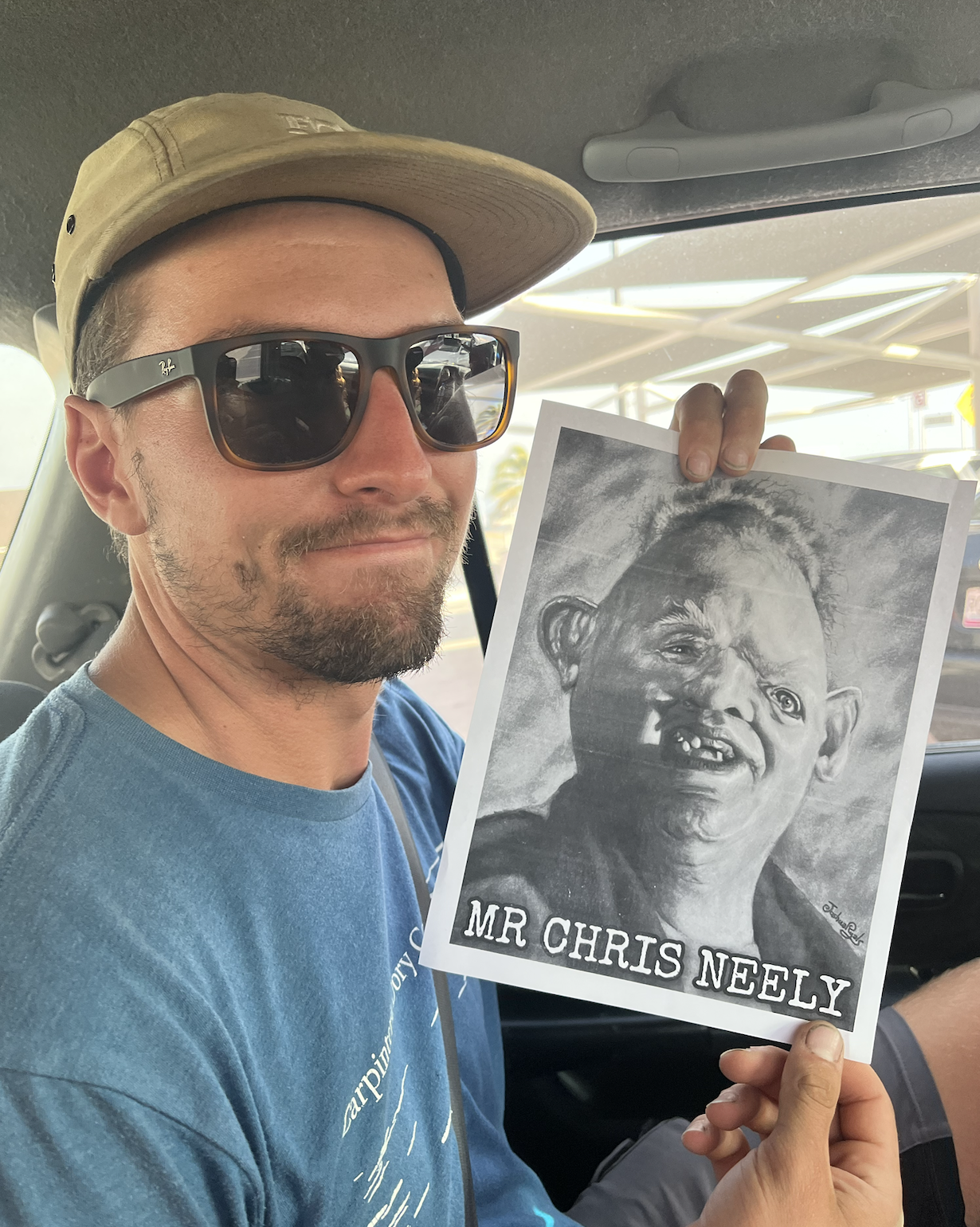 “Here I made these” Max said as he handed me a stack of paper. Each one had a photo of Sloth from the Goonies with “Mr. Neely” written below. What a perfect way to welcome Chris home from California. We made it to the airport moments after he had landed and assumed the position, Sloth photos firmly in hand, waiting for Chris to turn around from the outdoor airport bar where he casually sipped on an $8 Bohemia beer. I texted him, and then he finally turned around and laughed as he saw his favorite three La Cruzians welcoming him back to the promised land.
“Here I made these” Max said as he handed me a stack of paper. Each one had a photo of Sloth from the Goonies with “Mr. Neely” written below. What a perfect way to welcome Chris home from California. We made it to the airport moments after he had landed and assumed the position, Sloth photos firmly in hand, waiting for Chris to turn around from the outdoor airport bar where he casually sipped on an $8 Bohemia beer. I texted him, and then he finally turned around and laughed as he saw his favorite three La Cruzians welcoming him back to the promised land.
It was a miracle he made it into the country with all the engine parts he did. Our brand new high pressure pump had to be cleaned and vacuum sealed (thanks to the McKinney’s in Ventura) to alleviate any possible smell or residue of diesel which would otherwise be an immediate TSA red flag leading us to losing our much needed part. Chris managed to get it all packed in the bag. We had everything we needed to make our engine function again, but first it was time to paint.
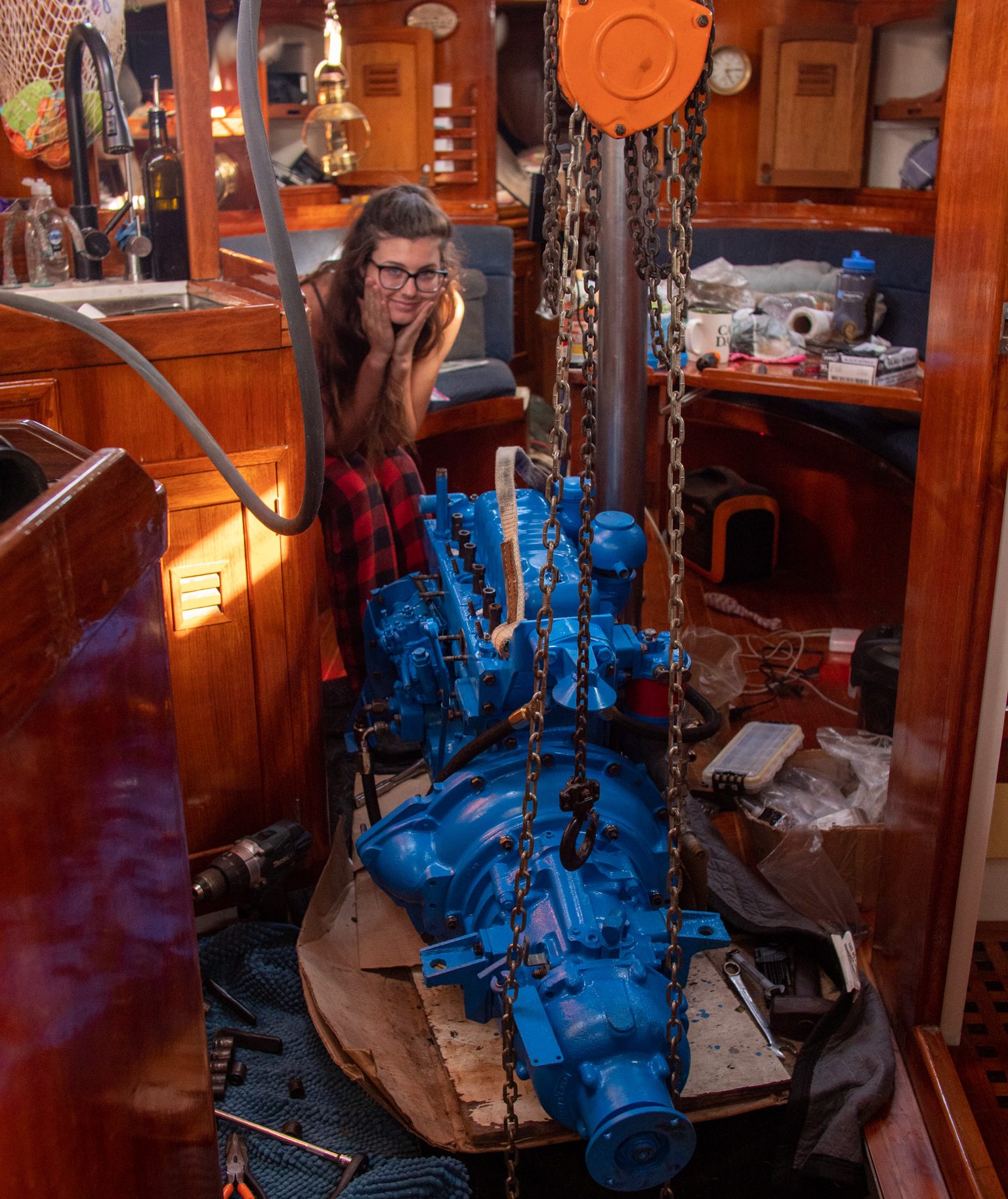 Unfortunately, Perkins Blue is a bit hard to come by so we had to settle for Ford Blue… a slight blow to Chris’s GMC-Owner-Ego but he got over it once our engine was all one color again. No oil stains or paint chips to be seen. After painting the transmission, we used the main halyard to lift it carefully onto the deck, and into the cockpit, then Chris lifted and brought it inside to mate with the block. While I spray painted the last of the parts, Chris continued to assemble everything inside.
Unfortunately, Perkins Blue is a bit hard to come by so we had to settle for Ford Blue… a slight blow to Chris’s GMC-Owner-Ego but he got over it once our engine was all one color again. No oil stains or paint chips to be seen. After painting the transmission, we used the main halyard to lift it carefully onto the deck, and into the cockpit, then Chris lifted and brought it inside to mate with the block. While I spray painted the last of the parts, Chris continued to assemble everything inside.
It looked pretty, but was it going to start? We decided to table that experiment for later since we were riding the accomplishment high after we lowered the engine into place. Right when we poured ourselves a glass of wine we received a text from Max: “All I need to know is are you in? Or out?” it was a gamble, but we were ready for a little adventure after rigorously working on the Perkins… so responded with “we’re in” and that’s how we ended up face to face with a crocodile 83.3 miles (134 km) north of La Cruz.
Hola, San Blas
The car was packed, we had road snacks and Cleo was being cared for by our friend Cat – which we thought was very fitting. Max and Karen had decided to throw together a little escape to San Blas where we would rendezvous with our friends Ethan and Cynthia aboard Eyoni who had just left a week or so prior. After some breakfast tacos we hit the road and headed north where we made some of our favorite south of the border memories.
San Blas is a port and popular tourist destination, located about 99 miles (160 kilometers) north of Puerto Vallarta, and 40 miles (64 kilometers) west of the state capital Tepic, and three hours drive from Guadalajara. Spain’s colony in California was supplied by two supply ships out of San Blas which arrived once a year. On March 12, 1768 Junípero Serra, Father President of the California Missions, departed for California on the locally built barque Purísima Concepción. On March 16, 1775, the San Carlos was set to depart San Blas, Mexico, for San Francisco Bay, stopping in Monterey to unload supplies for the mission there. The vessel was 58 feet,a product of the shipyard established on the Santiago River.
You know what they say, getting there is all part of the journey. The first hour into our trip we were stuck in traffic that showed no signs of improving. Chris hopped out of the car and walked along the string of cars to investigate the cause of our roadblock. About 20 minutes later he wandered back, stopping every few cars to undoubtedly answer the same question of “what’s going on” or more like “¿Qué está pasando?” before making it back to us.
“There is an overturned truck off the side of the road up there… it doesn’t look like its going to clear up any time soon. Is there another way north?” Chris said, our bearer of questionable news. With him back in the car, Max flipped a u-turn and we retraced our trail arriving at the mouth of the new toll road, 200 Norte, that would take us all the way to San Blas. The road was smooth and fast, lined with miles of heavily forested trees, wildlife and the occasional glimmer of the ocean. After a few hours (and weird turns through small towns) we had arrived at our hotel which we would call home for the night – and only the night. But I’ll get to that later.
As soon as we unloaded our bags we met up with the Eyoni crew and Joe and Vanessa, the crew of Mundays Off who we had been social media friends with for a while. From the town square, Ethan, Vanessa, Chris and I all walked along the road with Ethans dogs, Mancha and Frida, while the others drove to the river where we would board a panga for our jungle cruise – and not the Disneyland version. No, this cruise was 100% Mexico with fast paced banked turns, low hanging branches, and real life wild crocodiles (cocodrilos) within a dangerous arm’s length, all inside the La Tovera Nature Preserve.
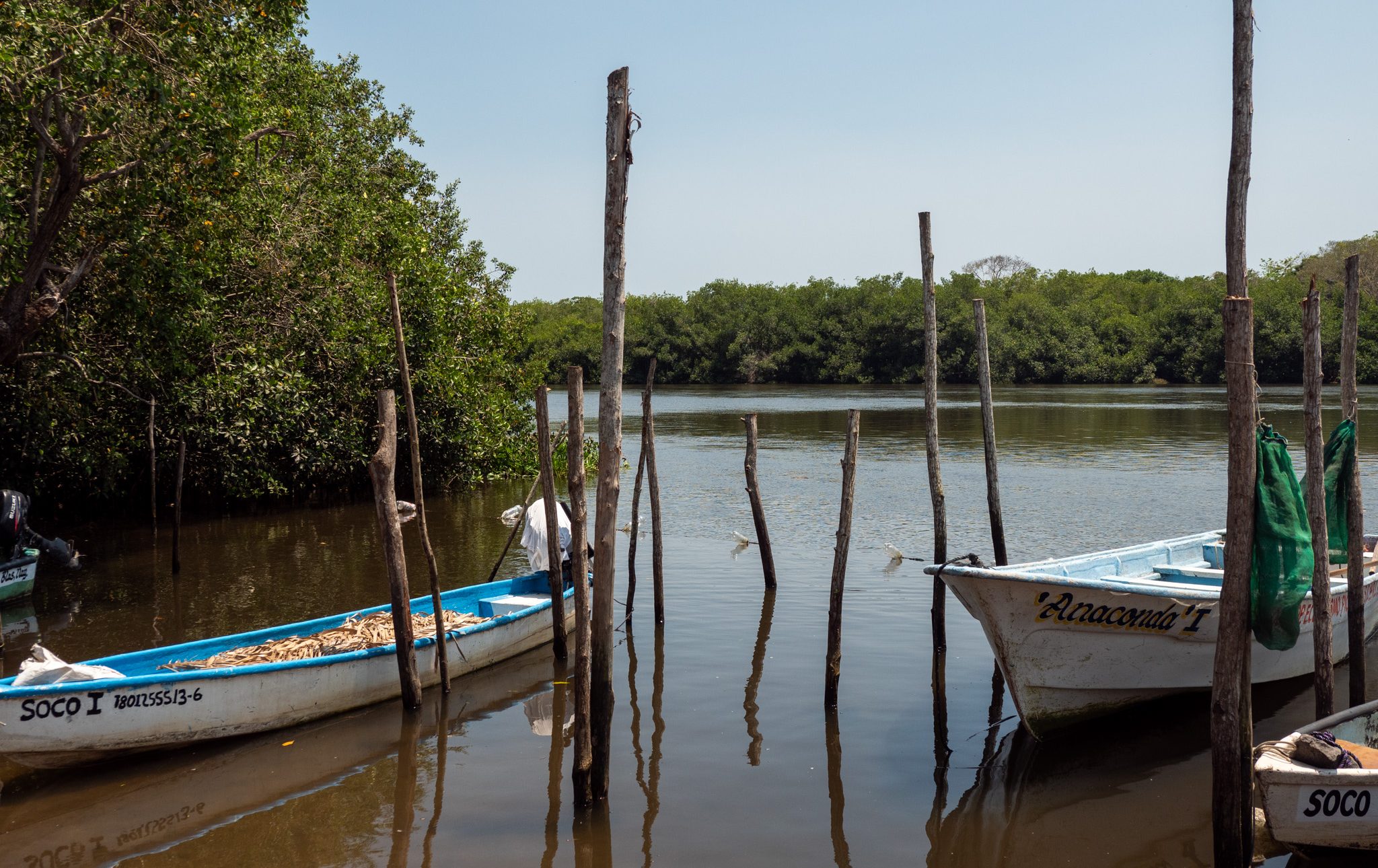
La Tovara Jungle Cruise
Yungle Cruise
For birdwatchers and nature lovers the Nature Preserve is well worth a visit. Considered by many to be the top spot for birding in Mexico, more than 250 species of birds call La Tovara home, among them purple gallinules, American coots, anhingas, snail kites, crested caracaras, roseate spoonbills, black-bellied tree ducks, bumblebee hummingbirds, and boat-billed heron. Best bird watching season is between October and early April, so we were just shy of making it in time, arriving on May 7th. In addition to the birds, there are also turtles, crocodiles, fish and so much more!
The tour takes you through tunnels of overhanging mangrove branches in which iguanas, tropical birds and waterfowl take refuge. Between the dangling roots of the mangroves is where you will see the critters lounging about. Luckily our guide was quick to spot them, or else we would have missed many of the crocs camouflage within their landscape. “La Tovara” is a native word for sweet water; at the end of the tour you will visit the source of the water system; a clear spring pool where you can swim with freshwater fish, protected from crocodiles with a fence. So you can cool off without worrying about becoming a croc’s next meal. The first swimming hole had a restaurant and rope swing which Chris had fun with. We swam and ate for half an hour before boarding our boat to check out the next destination.
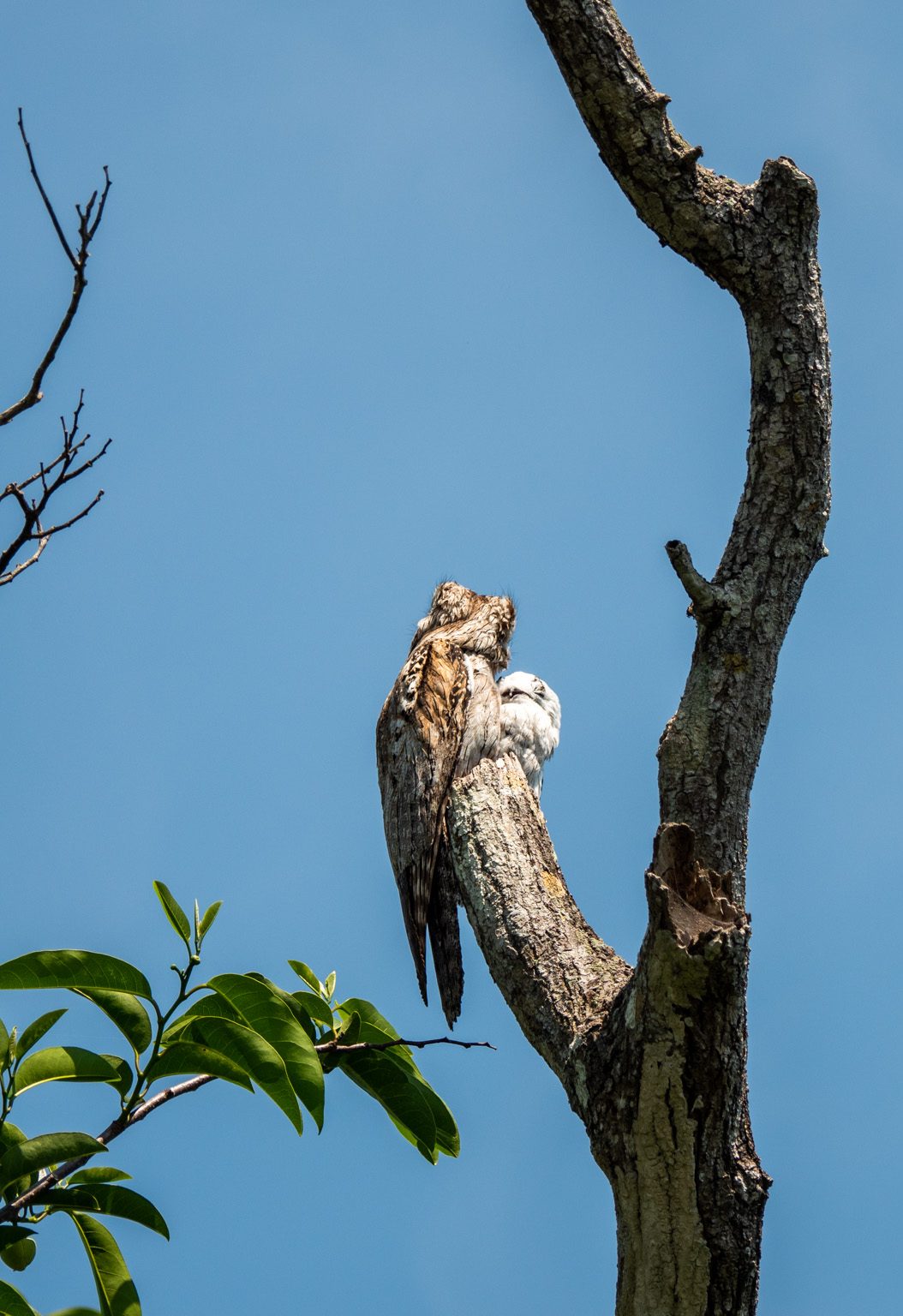
Mama Owl and Baby
After a few more high speed banked turns and seemingly close calls with fellow pangeros we arrived at a wildlife refuge and crocodile breeding center. Not only did the “refuge” have numerous crocodiles of all stages of life, but it also had a few types of chatty parrots, a lynx, a coatis, a very sad looking jaguar and the sweetest little raccoon that held my hand through the fence… which is exactly how we ended up with Cleo but that’s a different story. Although the visit definitely put my personal ethics in question in regards to captivity, it was interesting to visit the crocodiles so closely and admire their prehistoric nature. We were clearly enthralled by the creatures because our boat driver had to come retrieve us to finish up the tour, so we made one last round and unlike the animals, were free to go.
That day we learned that (according to our boat driver) the number of crocodiles is increasing since hunting them has been frowned upon locally and on a larger scale, leading to less birds, turtles, lynx’s, and any other animal that may wander too close to a crocodile’s dinner plate. As the sun set between the tall brush we stopped next to a leafless tree with a small owl sitting precariously on top of a wooden spire. Beside it, was the tiniest fluff ball of a bird I had ever seen. Apparently, the mama owl laid her nest inside the tree (which was smaller in diameter than herself) and when the baby hatched they somehow made their living situation work!
We could tell why our boat driver was slightly biffed that we had taken so long at the wildlife refuge – the tide was up, and the mangroves we had gracefully floated under a few hours prior were now a head-knocking-distance away. The skipper was less worried about spotting animals as he was about getting us all back before we had an Indiana-Jones-like experience, but honestly we were all just happy to be there with New Mix’s and Modelo’s in hand. Mancha and Frida rode on the bow, tongues sticking out as we buried the rail going around a river bend – our skipper was a true professional, following the wake of his father who had boated on the same river. Back on shore we thanked our skipper and piled into the car, heading back to our hotel for a swim in the ice cold pool that sat beneath a large Jesus statue. That was when we first learned that the bugs in San Blas were not a joke.
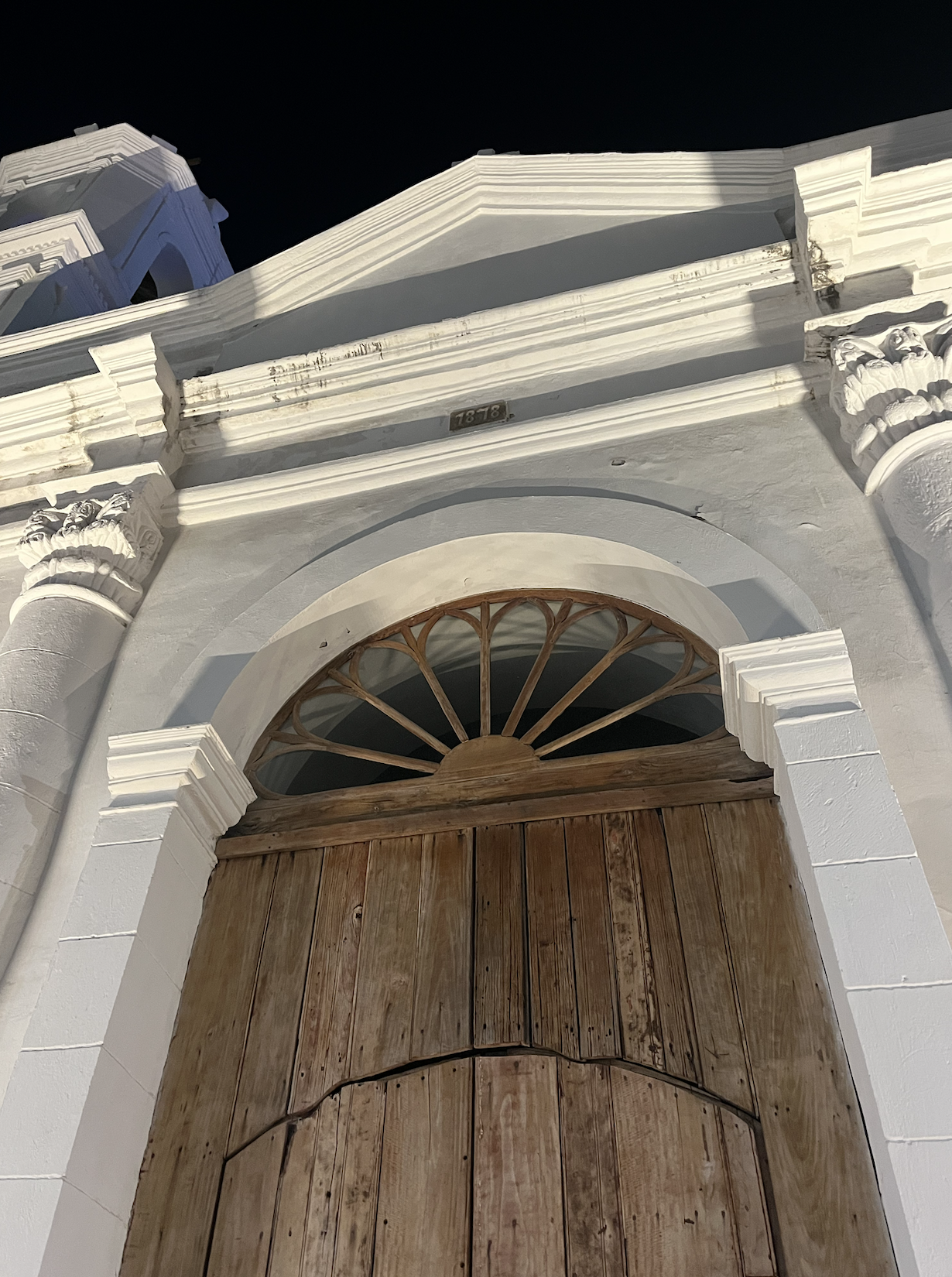 They say that San Blas is as close to central Mexico as you can get culturally without having to leave the cool sea breeze, and if that’s the truth then I absolutely dig central Mexico. Our first impressions of the town square were charming. The unmistakable ring of church bells reverberated through the night sky while churchgoers poured out of their service onto the streets. Come to find out, the four indigenous ethnic groups of Nayarit are the Huichol, Cora, Tepehuanos and Mexicaneros, for whom San Blas is a sacred place given the presence of the Piedra Blanca (White Rock), the sea goddess “Haramara,” and also because this coast has been established in mythological memory as the source of indigenous peoples from America. It felt very holy as people dressed on the more conservative side, despite it being a beach town.
They say that San Blas is as close to central Mexico as you can get culturally without having to leave the cool sea breeze, and if that’s the truth then I absolutely dig central Mexico. Our first impressions of the town square were charming. The unmistakable ring of church bells reverberated through the night sky while churchgoers poured out of their service onto the streets. Come to find out, the four indigenous ethnic groups of Nayarit are the Huichol, Cora, Tepehuanos and Mexicaneros, for whom San Blas is a sacred place given the presence of the Piedra Blanca (White Rock), the sea goddess “Haramara,” and also because this coast has been established in mythological memory as the source of indigenous peoples from America. It felt very holy as people dressed on the more conservative side, despite it being a beach town.
The food carts next to the old parish called to us as Karen scoped out tacos de cabeza. Truth be told, I wasn’t very hungry and settled for papas fritas y helado afterwards. While enjoying our ice cream we admired the old Parish building erected in the 1700’s, as people poured out of the church next door. Bells rang again, and as we read the plaque mounted on the side of the Parish, little kids glued themselves to the gate getting a good glimpse of us Gringos. I smiled and waved at the kids, no older than seven. Some waved back, others continued to stare in fascination… or fear. We watched the night life flourish around us before deciding it time for us to retire.
Change of Plans
“Pack your sh!t we are LEAVING!” was the text we received from Max at 7:00 in the morning. After a long night of being an all-you-can-eat-buffet for bugs he was absolutely over it and decided it was time to find new sleeping arrangements. Our second hotel was just my cup of tea: a historic hacienda full of greenery (and probably fantasmas).
The Delius House (Now Hacienda Flamingos) was built in 1880 by the Train Line Southern Pacific that ran between Tepic and Nogales, but the project was abandoned due to the Yellow Fever epidemic that killed over 40,000 people. In 1990 the German merchant Mr. Maximiliano Delius purchased the property to use as a home to host German citizens that worked around San Blas, tending to tobacco fields owned by the Delius family. Unfortunately, in the 1930’s, Mr. Delius declared bankruptcy and the government of Tepic purchased the property. A few years later in ‘38, a wealthy businessman purchased the property for his wife, Mrs. Laria Luisa Vázquez de Flores. She was the one who converted the Hacienda into a hotel in the 50’s after discovering the market need for hotels in the San Blas area. Today, Hacienda Flamingos is considered one of the best hotels in the state of Nayarit.
You could feel the 135 years of history the moment you walked through the large doors into the lobby, which was once the family’s office and sitting room. Karen helped check us in before we found our rooms on the balcony that overlooked the ornate pool below. Right off the bat, the rooms had my attention with their thought out yet eclectic furniture, small libraries of interesting books, and the fact that the bathroom door was a legitimate door rather than an old shower door (gaps and all) that the previous hotel featured. This was the real deal!
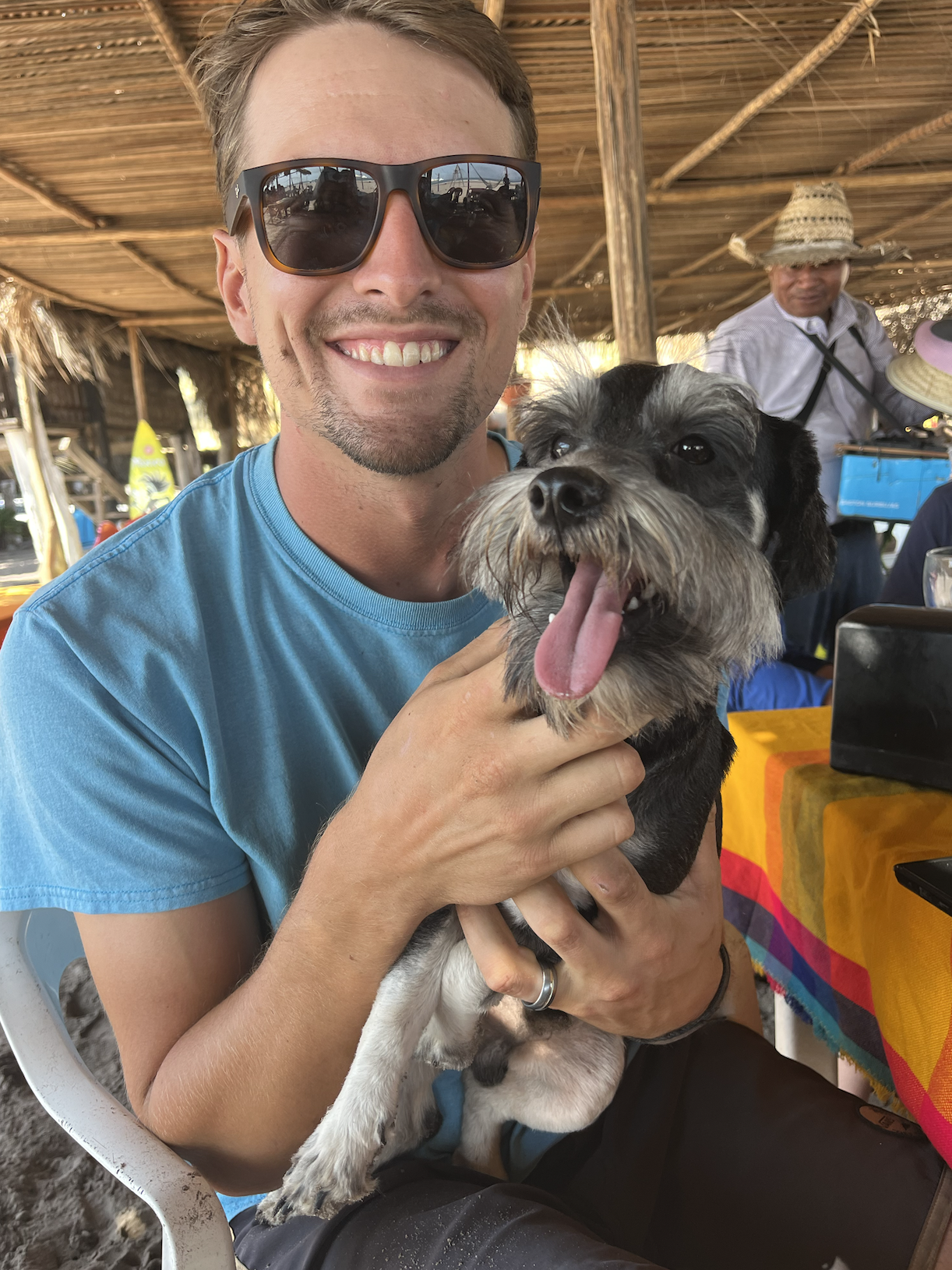
Chris found a dog on the beach
With our bags settled into our new accommodations we rendezvoused with The Mundays and the Eyoni crew for a relaxing day beach side before bringing the party back to the pool, right before witching hour for the bugs. It became brutally known to us that in the evenings (between 4:00 and sundown) the jejenes, mosquitos, and the dreaded no-see-ums (biting gnats) came out to feast on any exposed flesh and no amount of bug spray would spare you from the incessant swarming. In the pool, it was in your best interest to keep your shoulders beneath the water and keep moving to keep them off you. Once the sun went down, they were asleep for the night and we could move about comfortably – and thank goodness, or else it would have put a real damper on one of my favorite dinners in Mexico thus far.
Our group of six headed into town to find something to eat, but none of us were in the mood for Mexican food or anything fried. Luckily, we stumbled upon this cute restaurant that looked straight out of Italy, with an immaculate garden in the back. We sat at the long table out front, dimly lit by romantic overhead lights as a guitarist played Mexican Coplas such as Cielito Lindo. Dinner was delicious and a little cat that looked like Lusty’s cat, Baby Carlos, came to say hello, and taunt poor Frida and Mancha. We laughed, sang along (or tried to) and watched the evening turn into night as the music from the town center carried over to us, inviting us to gather around the stage.
- Max y Karen
- Música
- Gatito
The Ballet Folklorico dancers were mesmerizing; their large colorful skirts gracefully cutting through the space between them and their sombrero wearing partners. Folkloric dance, like the English term “folk dance”, means dances of the people. This type of dance reflects the traditions, cultures and beliefs of people in a particular region. Folkloric dance expresses the life and spirit of a people through its movement and music meaning it is both historical and current, preserving tradition yet shifting with the current times. It was fitting that the stage was set in front of the parish where Junipero Serra had embarked on his journey to found the California Missions all those years ago. I thought of the very missions founded in his name in our home port of Ventura, and how connections like this make the world seem so much smaller than it really is. It was so cool to be surrounded by such vibrant beauty and history – a much needed break from the engine project.
It’s Max’s World. We Just Live in it.
After a wonderful night of sleep in our Hacienda accommodations, we packed our bags and headed into town for breakfast at the cafe that caught our attention the day prior. We were joined by the Mundays as we sipped our coffee and enjoyed chilaquiles as the sun rose higher in the sky… it was going to be another very hot day.
With our bellies full we hit the shops along the town square where I bought a cute pair of earrings to match Kenna and Karen’s and a new crocheted top for the hot climate, with Karen’s help translating that I needed a size “medium” to the shop keepers. Before leaving, Karen bought herself, Max, Chris and I matching leather friendship bracelets. Chris’s bracelet disintegrated in the diesel when we got back to the boat, but mine is still proudly worn around my right wrist as I write this very blog post, even though it is hanging on by literal threads. We came, we saw, we conquered San Blas and were leaving with new memories and trinkets to remember it all by.
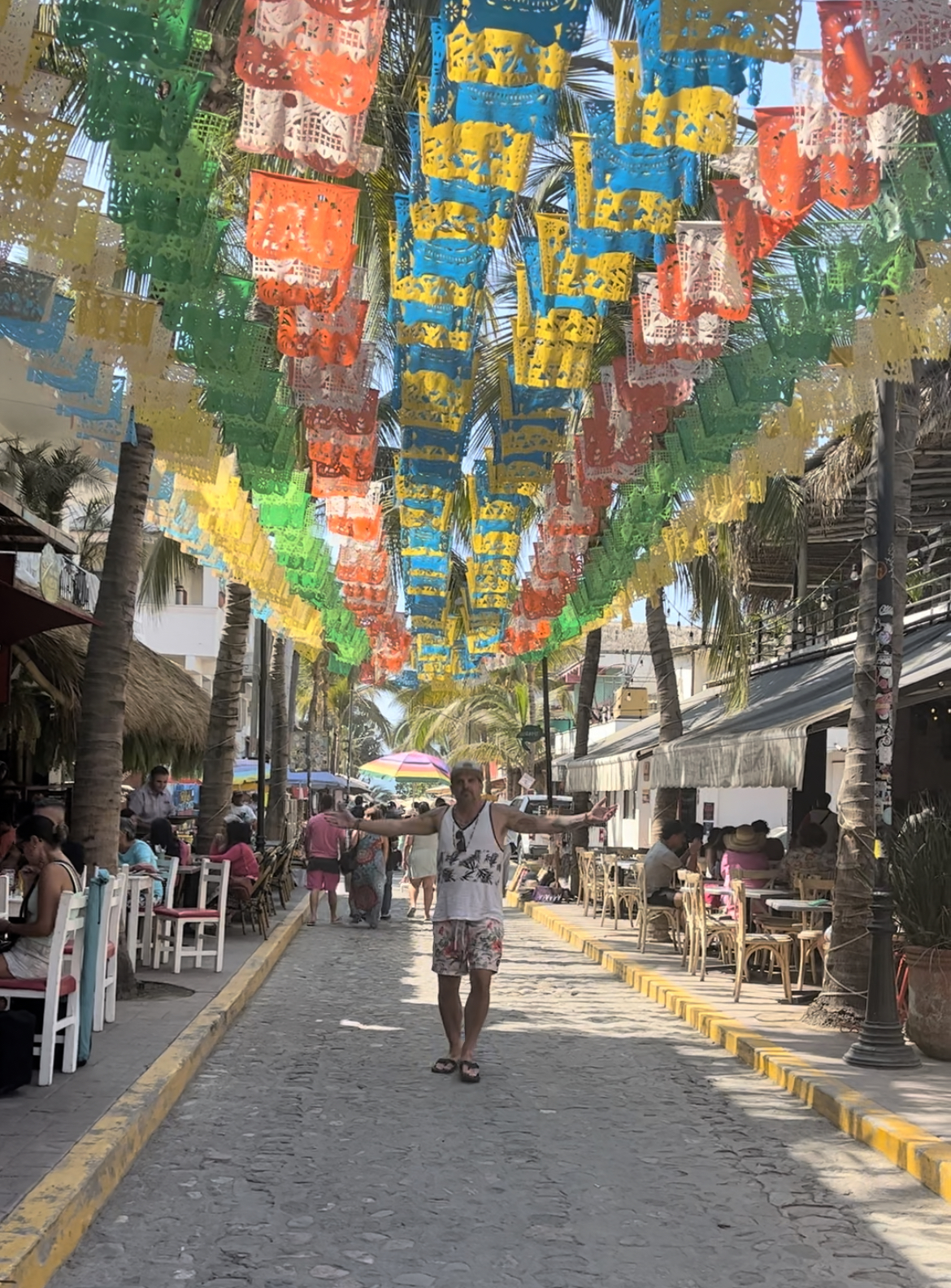 On the way home from San Blas we stopped in Sayulita for lunch where Chris had the best Reuben sandwich ever paired with exquisite people watching. Sayulita is a seaside village that has gained popularity with gringos in recent years due to the town’s warm waters and consistent waves making it an ideal destination for surfers of all levels. Many visitors come to Sayulita specifically for surfing, and the town’s lively beach scene and surf culture make it a unique and exciting destination for surfers and beach lovers alike. With that said, it was like the influencer olympics as people walked up and down the bright colored streets snapping photos again and again until they got the best instagram-worthy shot. It was free entertainment, and after our lunch we joined in on the fun. Max gave his best influencer impression and had us all fooled – it’s his world, we just live in it.
On the way home from San Blas we stopped in Sayulita for lunch where Chris had the best Reuben sandwich ever paired with exquisite people watching. Sayulita is a seaside village that has gained popularity with gringos in recent years due to the town’s warm waters and consistent waves making it an ideal destination for surfers of all levels. Many visitors come to Sayulita specifically for surfing, and the town’s lively beach scene and surf culture make it a unique and exciting destination for surfers and beach lovers alike. With that said, it was like the influencer olympics as people walked up and down the bright colored streets snapping photos again and again until they got the best instagram-worthy shot. It was free entertainment, and after our lunch we joined in on the fun. Max gave his best influencer impression and had us all fooled – it’s his world, we just live in it.
As we walked down the streets full of people we arrived at the beach that was seemingly packed with tourists. Right as we were taking off our shoes to put our toes in the sand a woman asked if we were looking for massages, and we were. It was as if our guardian angel was sick of hearing us complain about how our necks and shoulders hurt from all the weeks of boat yoga with the engine. The woman led our group of four all the way to the outskirts of the beach where a small cabana was set up with four massage tables waiting for us. It was $30USD for one of the best hour-long-massages of my life, complete with the sound of waves crashing on the beach. Was this heaven? No, it wasn’t, because if it was we wouldn’t have to return to an engine that didn’t start… but all of that is all coming in the next post.
Fair winds,
Marissa (and Chris and Cleo)
P.S. A HUGE Thank you to our friends Max and Karen for planning this adventure and being our blog post Quality Control and on-call-translators; we love and miss you both dearly. With that said, this blog post is officially:
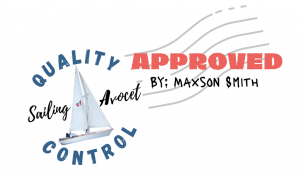
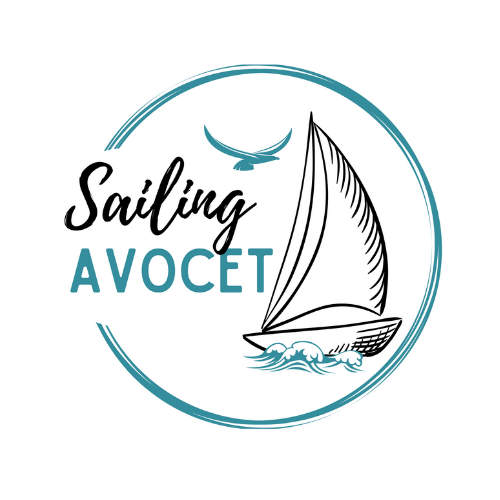
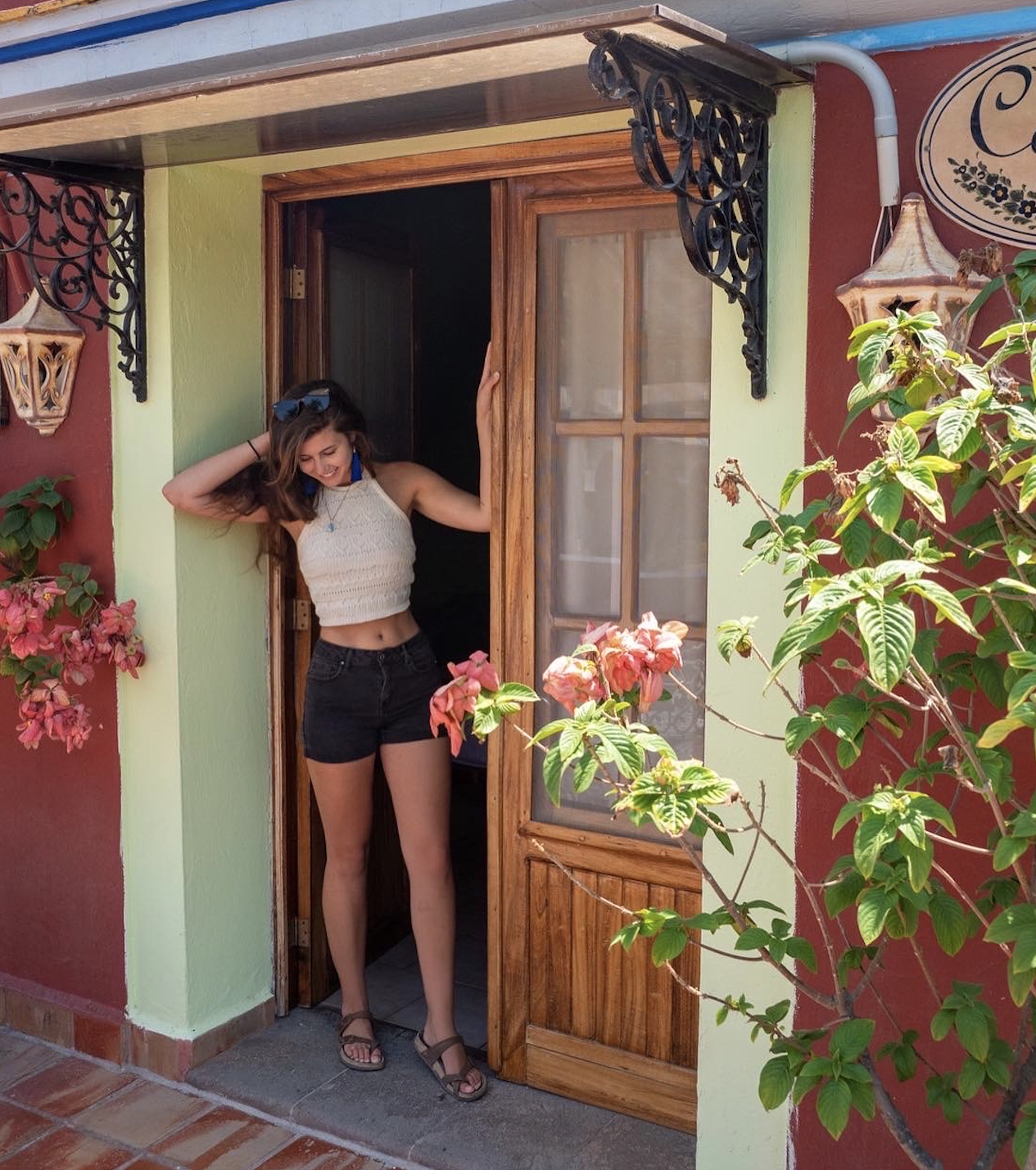
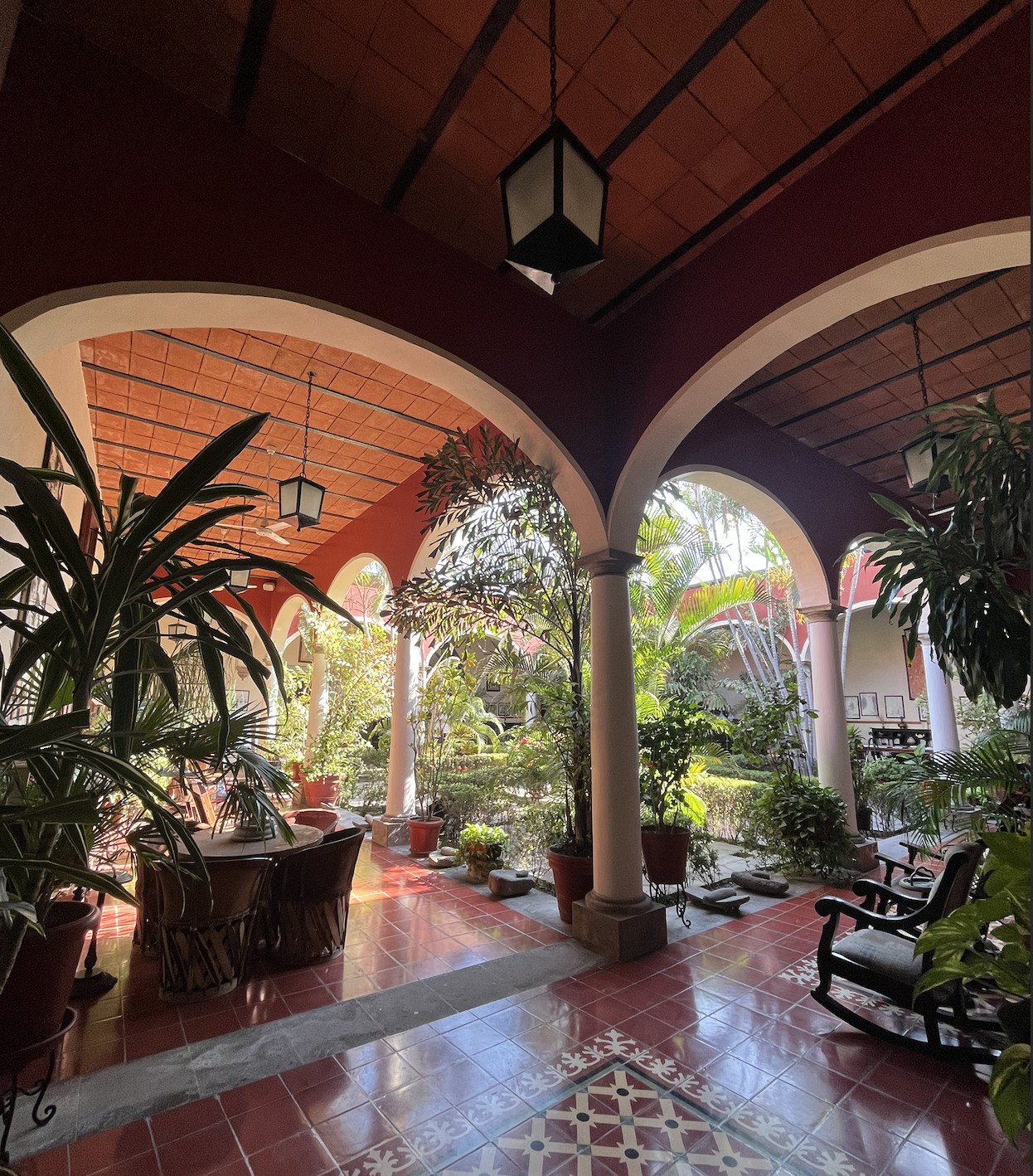
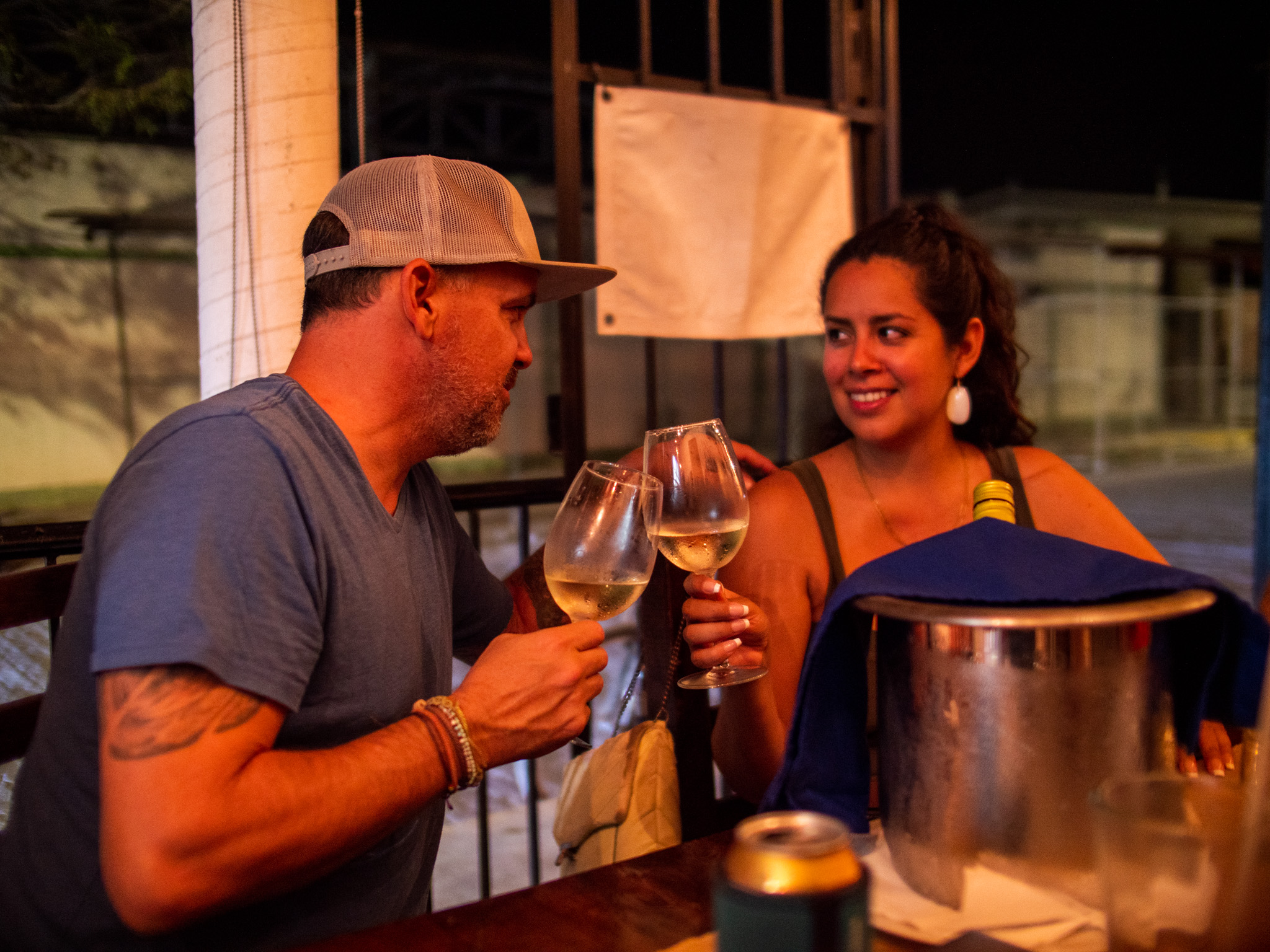
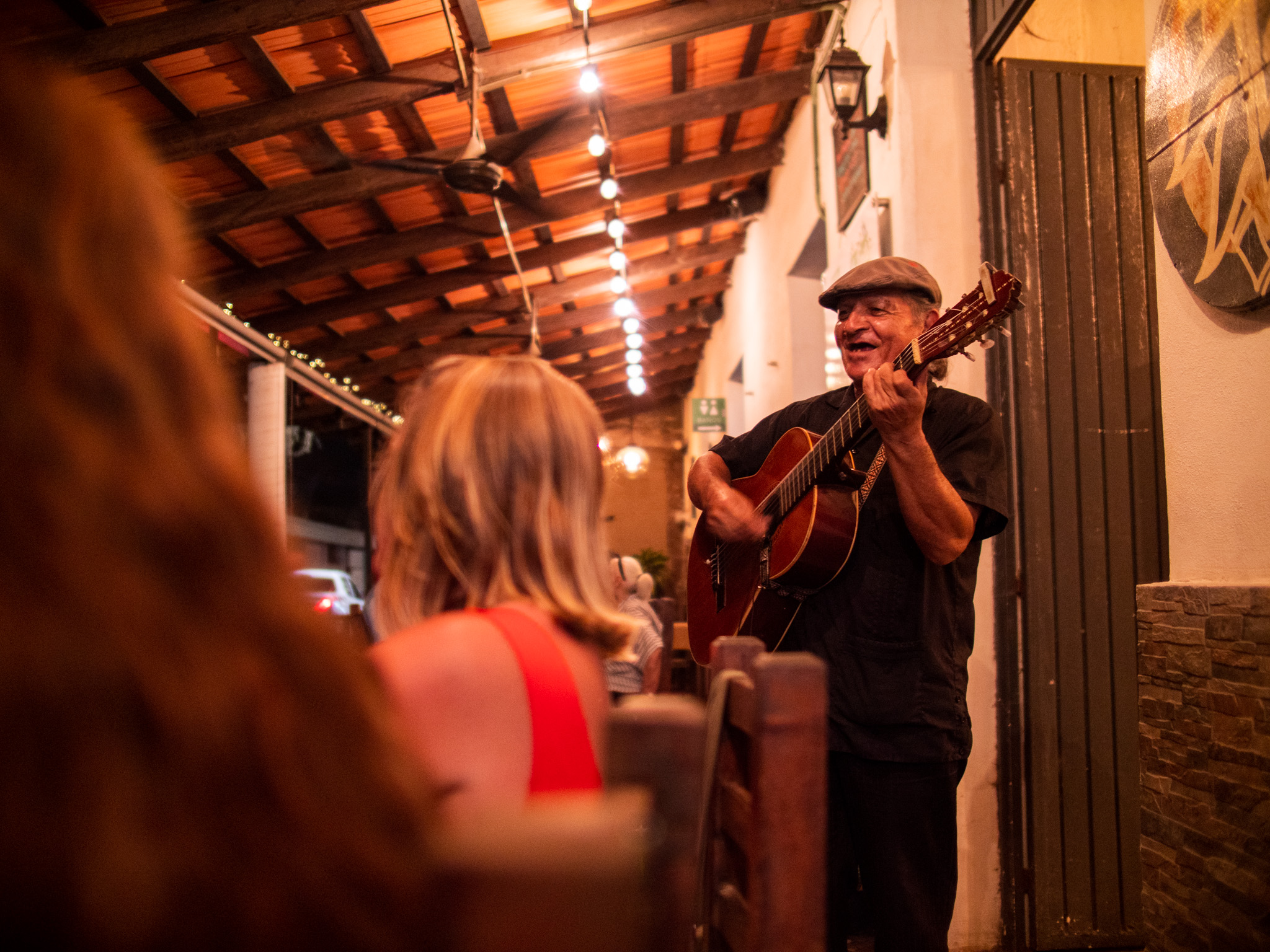
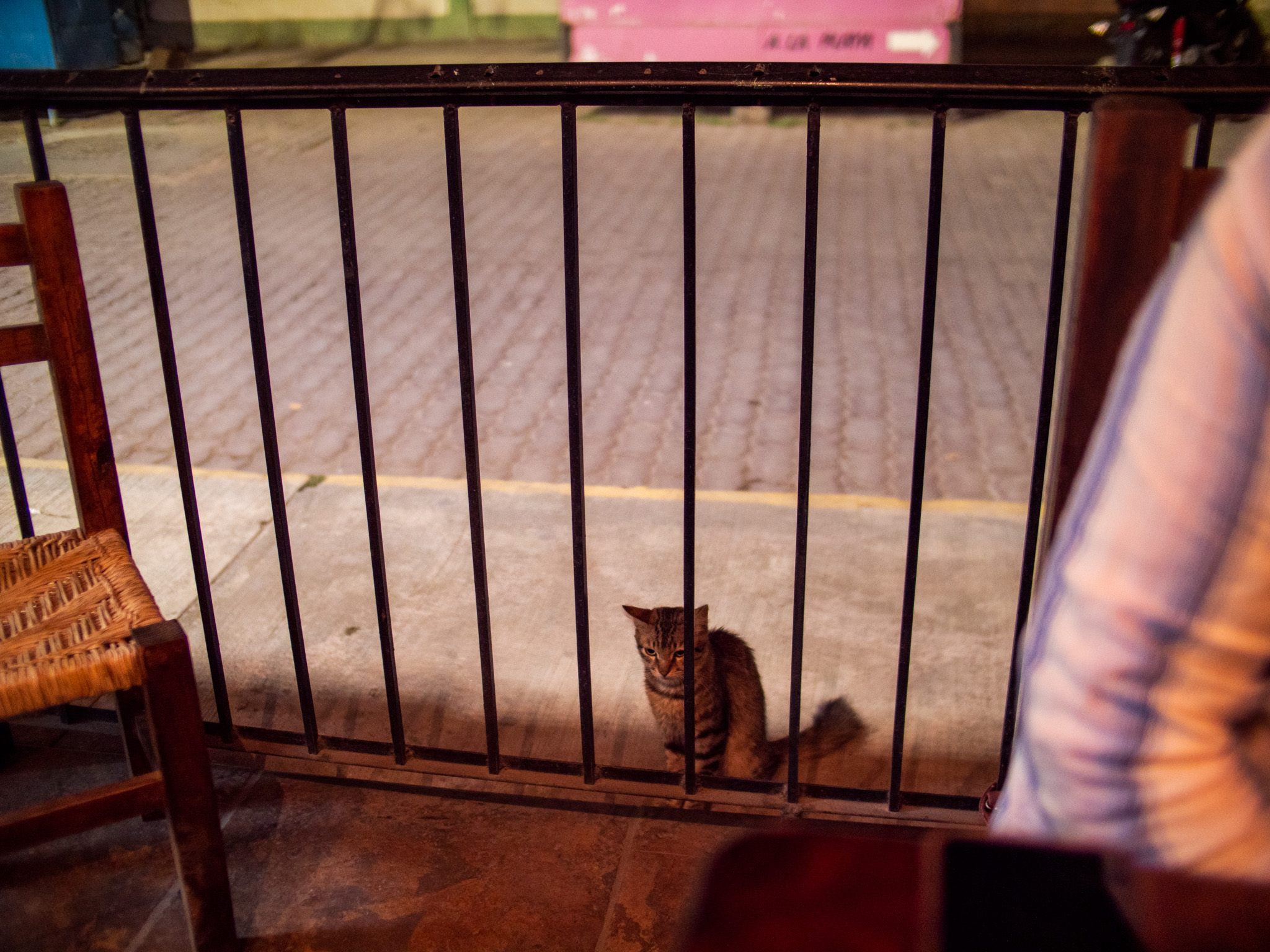


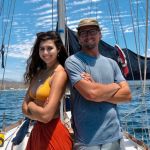

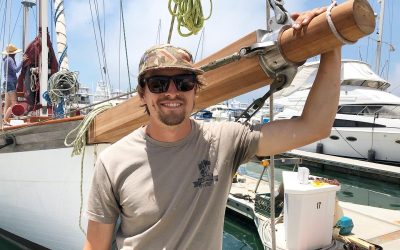
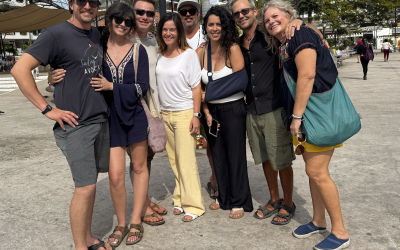
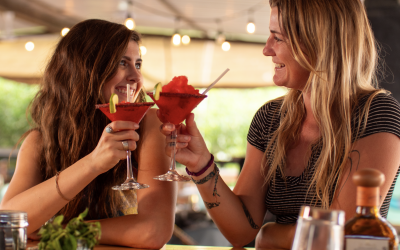
0 Comments